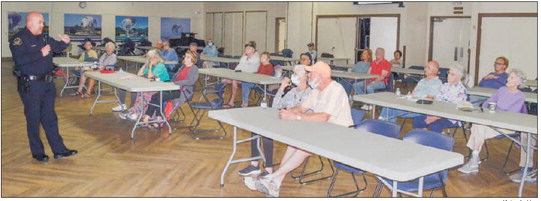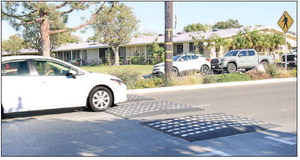Stroke and mini-stroke: know the signs
A stroke occurs when blood supply to a portion of the brain is interrupted, essentially killing brain cells. This damage can change how the brain works, affecting people’s ability to move and speak. It also may change the way they feel and think. The effects of a stroke depend on where it takes place in the brain and how extensive the damage is.
People may be familiar with ischemic stroke, caused by cutting off blood to the brain, as well as a hemorrhagic stroke, which is the result of bleeding in the brain. But a transient ischemic attack (TIA), also known as a mini-stroke, may be less understood.
TIAs are caused by the same thing as larger strokes, which occur when blood flow leaks or is blocked in the brain. However, in mini strokes, the blood flow interruption or leakage is temporary, and will return to normal spontaneously.
The majority of mini strokes produce symptoms similar to regular strokes, but they linger only temporarily. These can include, weakness or numbness, difficulty speaking (dysphasia), dizziness, vision changes, tingling, abnormal taste or smells, confusion, loss of balance and altered consciousness.
Symptoms of TIA tend to last only a few minutes or up to 24 hours. Since the symptoms of a mini-stroke and stroke are the same, it is important to seek medical attention in every case. Medical imaging can help determine what caused the mini-stroke. If blood clots are present, medicine to prevent those clots may be prescribed. Some people need procedures to remove fatty plaque deposits from arteries that supply blood to the brain.
Although a mini-stroke is not as severe as a stroke, it often is an early warning sign that the patient is at risk for a stroke. Roughly one in three people who has a TIA experiences a stroke. Fortunately, with treatment a more dangerous incident often can be avoided.
The National Stroke Association and other organizations use the acronym FAST to determine if someone is having a stroke.
F: Ask the person to smile, if one side of the FACE droops, it is a warning sign.
A: Ask the person to lift both ARMS. If one arm drifts down or they have difficulty moving it, it’s a warning sign.
S: Ask the person to repeat a simple phrase. If SPEECH is slurred or odd, it could be a stroke.
T: If a person develops any of the warning signs, it is TIME to call emergency services and take action.
Mini-strokes are temporary and similar to strokes, but they still warrant medical attention, as they can be a harbinger of larger strokes.
—MetroCreativeConnection


